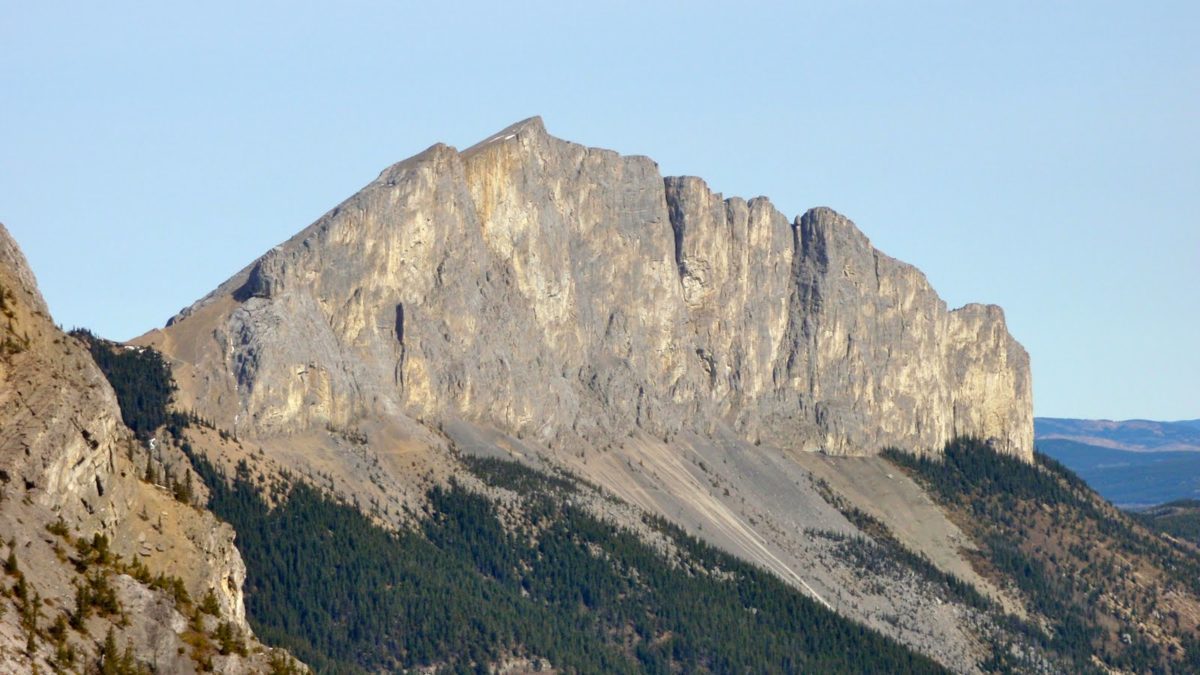These apps will give you Indigenous place names for where you’re climbing
Native Land, Whose Land? and Indigenous BC are all available for download
 Photo by: Brandon Pullan of Iyamnathka or Yamnuska
Photo by: Brandon Pullan of Iyamnathka or Yamnuska
Today is Canada’s first National Day for Truth and Reconciliation. In Canada, any time we climb, we are on traditional territory of at least one Indigenous people. This is a great opportunity to reflect on how the spaces we go to recreate tie into Canada’s relationship with Indigenous peoples. To make this easier, a number of are apps have been developed.
Each of the apps can all help reflect on the history, current context and future of the spaces where we recreate. Whether that’s bouldering, crags, in the mountains trails, roads or gravel routes, they show where we are in relation to traditional territories, teach us more about the nations that occupy these areas and the historical context of the land.
Native Land: The most straight forward and easy to use, Native Land can be used on a desktop or as an app on your phone. The app is quite straight forward. A map shows you where you are and shows a colour graphic of what traditional territories you are on. Native Land’s website goes into more detail, including explanations of how it produced the maps and what the app means by “traditional territories.”
Whose Land? The Whose Land? app also shows what traditional indigenous territories and legal areas (reserves, treaty areas, etc.) are associated with a specific place. It adds a search function – by place name and treaty – and links to more background information within the app, including videos. There are more detailed educational resources on the Whose Land? website.
Indigenous BC (Indigenous Tourism B.C.): Indigenous BC combines education with opportunities to support Indigenous tourism. As its name suggests, it is primarily limited to B.C. But the information about responsible tourism and travel, and other educational resources in the app, can be applied wherever you are.
A Name Changed
In Canada, there are nearly 30,000 place names of Indigenous origin, and over the past few decades, efforts have been made to restore traditional names to reflect Indigenous culture.
The new official name of a mountain peak near Canmore is Anû Kathâ Îpa (Bald Eagle Peak), which is a traditional name the Stoney Nakoda people have used for it. They shared their historical name for the peak at a ceremony last summer. The new name replaced a racist and sexist name that had been in place for decades.
Chief Aaron Young, Chiniki First Nation, said, “Stoney Nakoda people have a deep and lasting respect for females in our communities, whether the youth, the middle-aged and especially Elders. It is on behalf of all of them that I stand here today with our Council and Elders and give thanks to the Creator for influencing the naming of Bald Eagle Peak. A racist term has been cast aside and Stoney Nakoda people are grateful.”
Work is continuing to rename another mountain in Banff National Park, which the Stoney Nakoda Nation and other Indigenous communities have said is offensive. Alberta’s government agrees. As this mountain peak resides in a national park, the Government of Alberta and Parks Canada are working with Indigenous communities to identify a new name.
Reconciliation isn’t just about learning. It’s also about starting conversations. It’s undoubtedly a small act, but if someone else sees your location tag and asks a question, it could help start a new conversation about Canada’s relationship with the indigenous people we share these spaces with.


